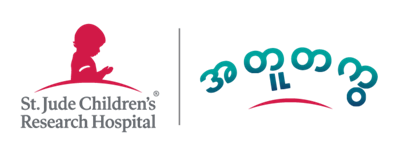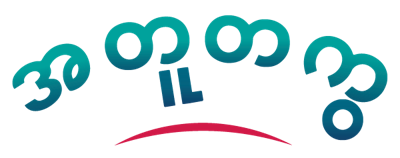-
Blood draw
(blud ...)
A procedure in which a needle is used to take blood from a vein, usually for laboratory testing. A blood draw may also be done to remove extra red blood cells from the blood, to treat certain blood disorders. Also called phlebotomy and venipuncture.
-
Blood pressure
(blud PREH-sher)
The force of circulating blood on the walls of the arteries. Blood pressure is taken using two measurements: systolic (measured when the heart beats, when blood pressure is at its highest) and diastolic (measured between heart beats, when blood pressure is at its lowest). Blood pressure is written with the systolic blood pressure first, followed by the diastolic blood pressure (for example 120/80).
-
Blood stem cell
(blud stem sel)
An immature cell that can develop into all types of blood cells, including white blood cells, red blood cells, and platelets. Blood stem cells are found in the peripheral blood and the bone marrow. Also called hematopoietic stem cell.
-
Blood sugar
(blud SHUH-ger)
Glucose (a type of sugar) found in the blood. Also called glycemia.
-
Blood test
(blud test)
A test done on a sample of blood to measure the amount of certain substances in the blood or to count different types of blood cells. Blood tests may be done to look for signs of disease or agents that cause disease, to check for antibodies or tumor markers, or to see how well treatments are working.
-
Blood thinner
(blud THIH-ner)
A substance that is used to prevent and treat blood clots in blood vessels and the heart. Also called anticoagulant.
-
Blood transfusion
(blud tranz-FYOO-zhun)
The infusion of red blood cells or platelets into your blood stream to replace blood loss or to correct anemia.
-
Blood typing and cross matching
Making sure that the blood from a donor is compatible with yours before a blood transfusion. Blood cells contain factors that are not the same in all people. Before a transfusion can be given, blood samples from the donor and you are typed, or classified according to which of these factors are present. The four principal red blood cell types or groups are A, B, AB or O. Other factors such as Rh factor must also be checked.
-
Blood urea nitrogen
(blud yoo-REE-uh NY-troh-jen)
Nitrogen in the blood that comes from urea (a substance formed by the breakdown of protein in the liver). The kidneys filter urea out of the blood and into the urine. A high level of urea nitrogen in the blood may be a sign of a kidney problem. Also called BUN and urea nitrogen.
-
Blood vessels
(blud VEH-sels)
A tube through which the blood circulates in the body. Blood vessels include a network of arteries, arterioles, capillaries, venules, and veins.

